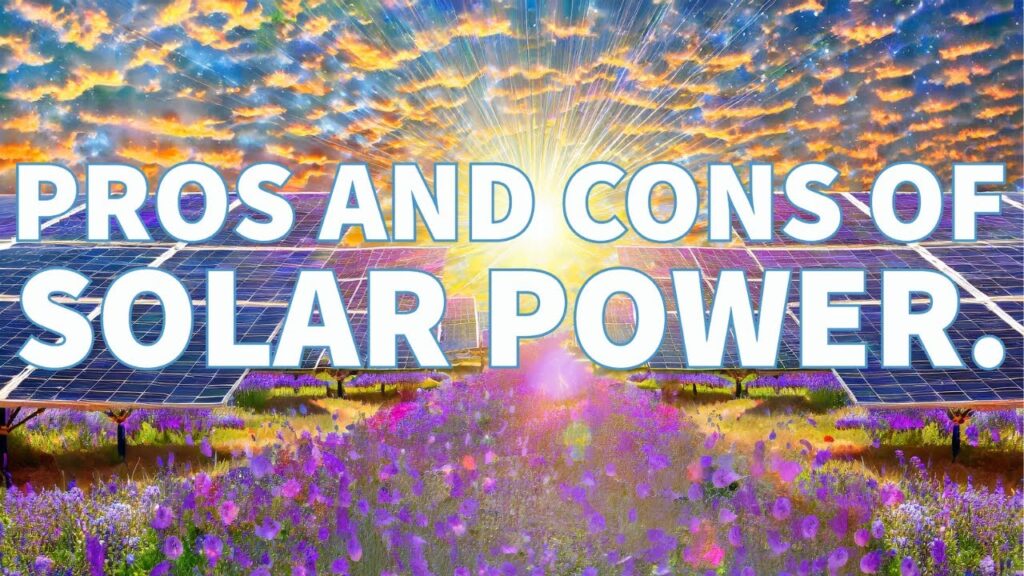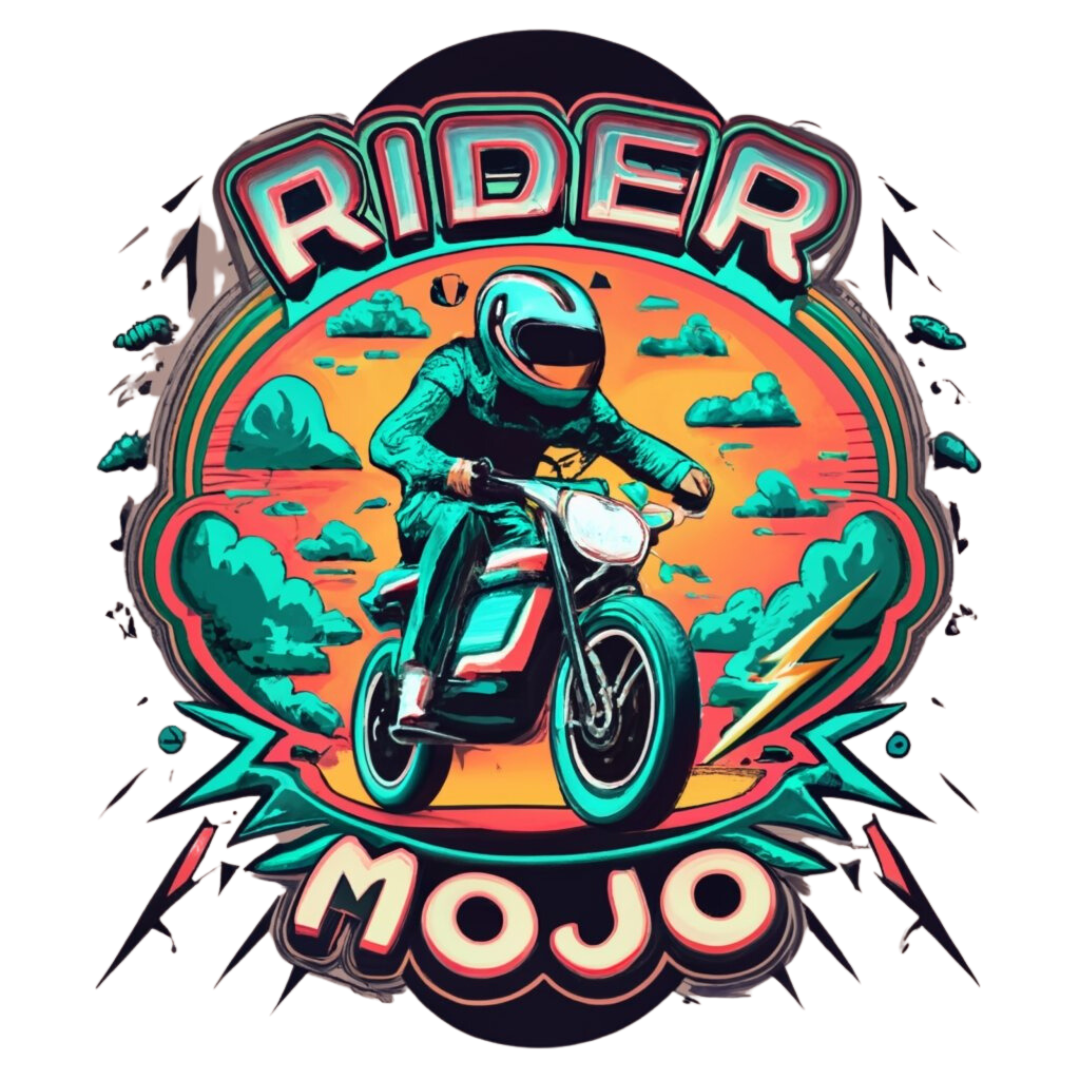In the ongoing pursuit of sustainable and renewable energy sources, solar power stands out as a radiant solution, tapping into the vast energy emitted by the sun. Solar power has undergone a transformative journey, redefining the way we generate electricity. This essay aims to unravel the complex web of benefits and challenges associated with solar power, delving into its rich history, assessing its current impact, and sprinkling in some intriguing solar trivia.
The history of solar power spans millennia, from ancient civilizations revering the sun as a deity to the groundbreaking discovery of the photovoltaic effect in the 19th century. Fun trivia: did you know that the efficiency of solar cells has increased significantly over the years? While solar power has many pros, including being renewable and sustainable, environmentally friendly, reducing electricity bills, promoting energy independence, and having low operating costs, there are also cons to consider, such as intermittency and weather dependency, high initial costs, land use concerns, and resource and manufacturing impacts. Nevertheless, recent statistics highlight the unprecedented growth of solar power, making it the third largest renewable electricity technology globally. In conclusion, solar power continues to shine brightly on the global energy stage, offering a plethora of benefits while facing challenges that require innovative solutions. The journey of solar power is a testament to human ingenuity, and with ongoing advancements and a collective commitment to sustainability, it illuminates the path towards a greener and brighter future.
Introduction
In the ongoing pursuit of sustainable and renewable energy sources, solar power stands out as a radiant solution. Tapping into the vast energy emitted by the sun, solar power has undergone a transformative journey in redefining the way we generate electricity. This article aims to unravel the complex web of benefits and challenges associated with solar power, delving into its rich history, assessing its current impact, and sprinkling in some intriguing solar trivia.
The History of Solar Power
Ancient civilizations and reverence for the sun
The history of solar power spans millennia, with ancient civilizations revering the sun as a deity. As early as the 7th century BC, magnifying glasses were used to concentrate sunlight for practical applications, marking the first recorded use of solar power. This reverence for the sun laid the foundation for future advancements in harnessing its energy.
The discovery of the photovoltaic effect in the 19th century
In the 19th century, the photovoltaic effect was discovered, a groundbreaking moment in the history of solar power. This effect, which involves the generation of an electric current when certain materials are exposed to light, opened up new possibilities for harnessing solar energy. It laid the groundwork for the development of practical solar cells.
1950s: Introduction of the first practical solar cell
Fast forward to the 1950s when Bell Laboratories introduced the first practical solar cell. This pivotal moment paved the way for the solar revolution we are witnessing today. The introduction of solar cells marked an important milestone in the advancement of solar power technology, making it a viable and practical energy source.

Fun Solar Trivia
Increase in solar cell efficiency over the years
Did you know that the efficiency of solar cells has increased significantly over the years? The first solar cells had an efficiency of around 4%, whereas modern solar panels can achieve efficiencies of 20% or more. This remarkable increase in efficiency has contributed to the widespread adoption of solar power as a practical and sustainable energy solution.
Modern solar panels achieving efficiencies of 20% or more
Modern solar panels have come a long way in terms of their efficiency. With advancements in technology, solar panels are now capable of achieving efficiencies of 20% or more. This means that a larger percentage of the sun’s energy can be converted into usable electricity, making solar power an even more attractive option for homeowners and businesses.
Pros of Solar Power
Renewable and sustainable energy source
One of the main advantages of solar power is that it is a renewable and sustainable energy source. The sun is expected to radiate energy for billions of years, providing a consistent and sustainable power supply. Unlike fossil fuels, which are finite and contribute to environmental degradation, solar power offers a virtually limitless and clean energy solution.
Environmentally friendly
Generating electricity from solar power does not emit harmful greenhouse gases, making it an environmentally friendly energy source. Solar power aligns seamlessly with global efforts to combat climate change and reduce carbon emissions. By embracing solar power, we can contribute to a cleaner and healthier environment for future generations.
Reduced electricity bills
Installing solar power systems can lead to reduced electricity bills. By generating their own power, homeowners and businesses can significantly decrease their reliance on the traditional electricity grid. Excess energy generated by solar panels can be fed back into the grid, potentially earning credits or income. This not only reduces electricity costs but also provides a potential source of additional income.
Low operating costs
Solar power systems generally have low operating and maintenance costs. Once installed, solar panels require minimal maintenance and have no fuel requirements. The absence of moving parts contributes to the economic viability of solar installations. This means that the long-term savings from solar power can outweigh the initial installation costs.
Promotes energy independence
Solar power promotes energy independence by reducing reliance on traditional energy sources such as fossil fuels. This is particularly advantageous for countries seeking to diversify their energy portfolios and decrease dependence on imported fuels. By embracing solar power, countries can increase their energy independence and contribute to a more secure and resilient energy infrastructure.
Cons of Solar Power
Intermittency and weather dependency
A significant challenge of solar power is its intermittency and weather dependency. Solar panels are less effective on cloudy days and do not generate power during the night. This poses challenges for ensuring a consistent power supply. Supplementary storage solutions or alternative energy sources are needed to address these limitations and ensure a reliable energy system.
High initial costs
While the long-term savings from solar power are significant, the upfront cost of installing solar panels can be a deterrent for some. However, government incentives and falling technology costs are helping to make solar power more accessible and affordable. As technology continues to advance, the initial costs of solar power installations are expected to decrease further.
Land use concerns
Large-scale solar installations may require substantial land areas, which can raise concerns about habitat disruption and land use conflicts. Balancing renewable energy expansion with environmental preservation is crucial to ensure sustainable development. Efforts to optimize land use, such as utilizing rooftops and building integrated solar solutions, can help mitigate these concerns and minimize the impact on natural landscapes.
Resource and manufacturing impact
The production of solar panels involves the use of rare earth materials and minerals, which can have associated environmental impacts. The extraction and processing of these materials raise questions about the overall sustainability of solar technologies. However, ongoing efforts are being made to develop more sustainable and environmentally friendly manufacturing processes for solar panels.
Recent Solar Power Statistics
Remarkable growth in power generation from solar PV in 2022
As of 2022, solar power has experienced remarkable growth globally. Power generation from solar PV surged by a record 270 TWh, marking a 26% rise from 2021. This unprecedented growth in solar power generation highlights its integral role in the global energy landscape.
Solar PV accounting for 4.5% of global electricity generation
Solar PV now accounts for 4.5% of total global electricity generation, making it the third-largest renewable electricity technology behind hydropower and wind. This significant contribution to the global electricity mix underscores the increasing importance of solar power in meeting the world’s energy needs.
Conclusion
In conclusion, solar power continues to shine brightly on the global energy stage, offering a plethora of benefits while facing challenges that require innovative solutions. From ancient sun-worshipping civilizations to the cutting-edge solar technologies of today, the journey of solar power is a testament to human ingenuity. As the world increasingly embraces solar energy, addressing its limitations and advancing its efficiency remains crucial for a sustainable and brighter future. The recent statistics underscore the unprecedented growth of solar power, emphasizing its integral role in the global energy landscape. With ongoing advancements and a collective commitment to sustainable energy, solar power illuminates the path towards a greener and brighter future.
Welcome to Driver Mojo, where we will be shedding light on the future of solar power! We will take you on a journey through time, exploring the fascinating history, advantages, and challenges of harnessing the sun’s energy. In addition, get ready to have some fun with solar trivia and stay up to date with the latest global impact statistics of solar power.
🔍 Key Points Covered:
- The mesmerizing history of solar power
- The pros and cons of solar energy
- Recent statistics: The remarkable growth of solar power in 2022
- Enjoy some solar trivia to brighten up your day!
🌍 Solar Power Statistics (2022):
In 2022, power generation from solar photovoltaics (PV) reached a remarkable surge of 270 TWh, showing a 26% increase from 2021. Currently, solar PV accounts for 4.5% of global electricity generation, ranking third among renewable technologies.
🚗 About Driver Mojo:
Driver Mojo is your ultimate destination for all things related to renewable energy and beyond! Join us for enlightening discussions, detailed explorations, and thrilling adventures. Don’t miss out on subscribing to our channel for an exciting journey into the world of cars, technology, and everything that propels us forward!
👍 Connect with Driver Mojo:
Stay driven with us and let the mojo flow through you! 🚗

